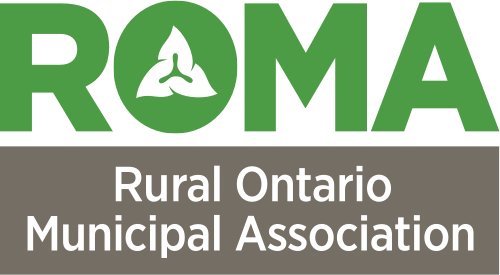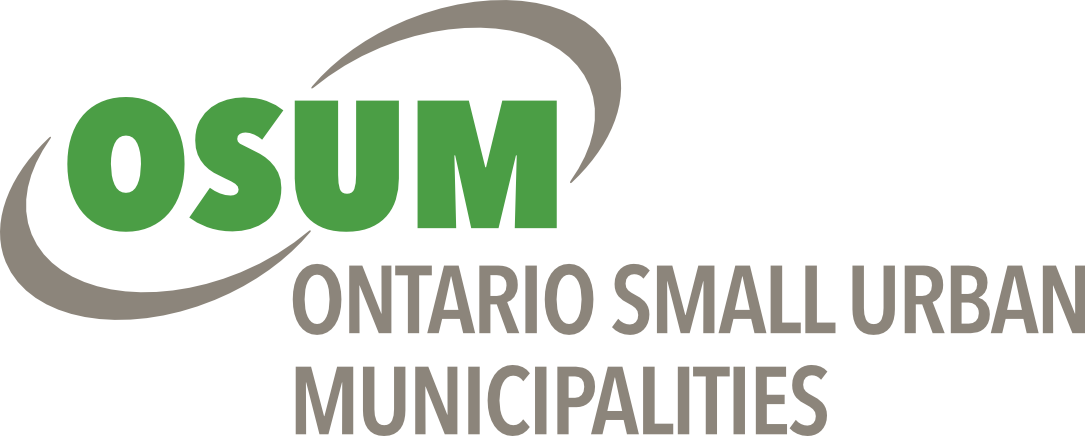Grow Canada’s Biggest Wildlife Garden for Healthy Landscapes
By Ilze Andzans, Landscape Architect and Planner
Guest Blogger for Carolinian Canada

On May 22nd, we celebrated the United Nations’ International Day for Biological Diversity! We can’t think of a better message to fit this year’s theme of “We’re Part of the Solution” than joining Carolinian Canada’s In The Zone program (inthezonegardens.ca) to Grow Canada’s Biggest Wildlife garden and plant native plants.
Restoring native plant habitat is key to preserving biodiversity. Native plants occur naturally in a region and are the ecological basis on which all life depends. They have evolved within local conditions, such as, the soil type, hydrology, and microclimate of a particular area as well as with other native species. Over the past 100 years, urban development has destroyed thousands of acres of rich, biodiverse habitat and turned it into a monoculture of manicured lawns and gardens filled with exotic and alien species, highly dependent on the use of fertilizer and constant watering. By contrast, native species require very little human intervention, because they have evolved to survive naturally based on the soil type and rainfall of the region where they are found. Native species provide a home to thousand of pollinators, which have co-evolved with the plants, creating an essential food source for pollinators and birds.

Native plants are more favourable for supporting local wildlife, including bees, butterflies, amphibians, and mammals. Native plants provide food for creatures at the bottom of the food chain, which in turn feed creatures on the next step of the food chain, such as birds and toads that visit our gardens and green spaces.
Landscaping choices have a direct impact on bird and pollinator populations that rely on native species to survive. Homeowners, landscape contractors, municipalities, conservation authorities and all local policy makers can make decisions to benefit pollinators, birds, and wildlife by simply selecting native plants when making landscaping decisions. Promoting the use of native plants on public lands can have great impact on entire communities. Leading by example, municipalities and conservation authorities can encourage and engage private landowners to follow suit.
Reasons for Considering Native Plants
Support Birds, Bees and Wildlife
There are a number of key reasons why native plants are a better choice. First, all native plants support local wildlife populations. While all plants provide some shelter and ornamental plants with berries provide some food, native plants offer the greatest benefit because they also support a wide variety of insects that are a protein source for other animals. These insects are critical to the bird population as they are raising their young. Many people use bird feeders to attract birds. Another way is by including native plants in the landscape.
Minimize Maintenance
Second, native plants usually require less care than exotics or ornamentals. Since native plants are local to a particular region, they are typically perfectly adapted to the local environment. For example, native flowering plants require far less care than azaleas rhododendrons or hybrid tea roses, which require soil amendment, fertilizer, pesticides and irrigation. Native species have developed a natural defense against disease and naturally co-exist with other species in the environment making them an ideal choice.
Reduce spread of Invasive Species
Third, all plants produce seeds that are spread by wind, water, and wildlife. Native seed is a welcome addition to nearby forests, stream banks, walking trails and conservation areas; exotic and ornamental seeds perpetuate the spread of invasive species, that can eventually choke out naturally occurring plants in these areas.
Provide Sole Source Food Supply
Fourth, there are various species that are completely dependent on specific native plants to survive. Local wildlife often has a special ecological relationship with native vegetation. When the native plants disappear, the wildlife it supports may also disappear. We know that Monarch butterflies are solely dependent on milkweed for food. By adding native plants to any landscape project, you will directly support other native species.

Quick Picks for Choosing Native over Exotic
In addition to supporting birds, bees and other insects, choosing native plants automatically means reduced maintenance. Consider planting a Sugar Maple (Acer saccharum) instead of a Norway Maple (Acer platanoides); replace the popular Burning Bush (Euonymus alatus) with a Highbush Blueberry (Vaccinium corymbosum)- both have brilliant red fall foliage and the blueberries provide food for both people and birds; exchange a Honeysuckle (Lonicera tatarica) for a Serviceberry (Amelanchier alnifolia); substitute Oriental Bittersweet (Celastrus orbiculatus) with Virginia Creeper (Parthenocissus quinquefolia) and the list goes on.
Not Sure Where to Start?
Consult your conservation authority for guidance about native plants that do well in your area. Explore the options for planting native ground covers, perennials, shrubs vines and trees. Get information about which plants are suitable to particular conditions, which support pollinators, and which are edible. Both the Niagara Peninsula Conservation Authority and Credit Valley Conservation Authority have produced excellent guidebooks for selecting native species. Carolinian Canada’s In The Zone program welcomes you to add your garden or community project to an ever-growing list of green spaces that are working toward increasing biodiversity by planting native plants.
In future blogs we will be looking at some examples of how individual municipalities and conservation authorities have had a big impact on increasing biodiversity in their communities by choosing native plants in showcase and teaching gardens, dune and riparian restoration projects and by creating pollinator gardens on hydro right-of-ways and other derelict land.
About Canada’s Biggest Wildlife Garden
Canada’s Biggest Wildlife Garden is Growing a Green Future
The vision for Canada’s Biggest Wildlife Garden connects Toronto to Windsor with healthy habitat to save local wildlife, water and our way of life.
The seeds we plant today will define our future. Thousands of people are growing hope with native plants to address the triple threat of extinction, climate and health crises in the spirit and practice of reconciliation.
Take the first step. Plant a native plant and track your garden today.
caroliniancanada.ca/itz/canada-biggest-wildlife-garden
About Carolinian Canada
Carolinian Canada connects leaders growing healthy landscapes in the spirit and practice of reconciliation. Together we help communities thrive for a green future. Find your place in Canada’s extraordinary far south. CarolinianCanada.ca (Canadian Charity 83559 4722).





